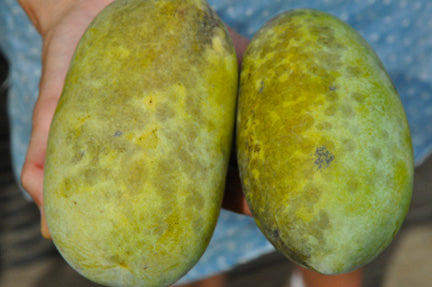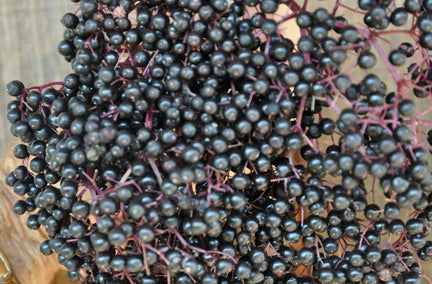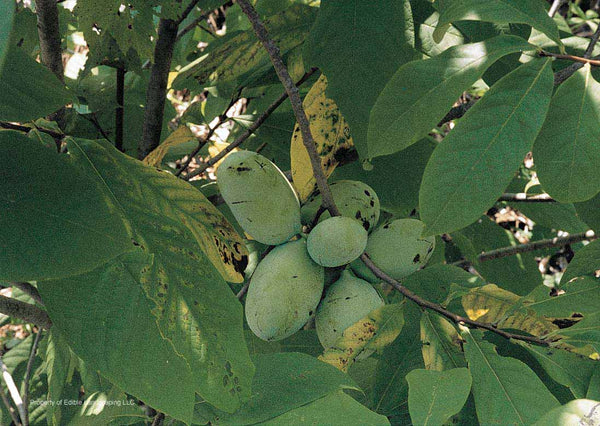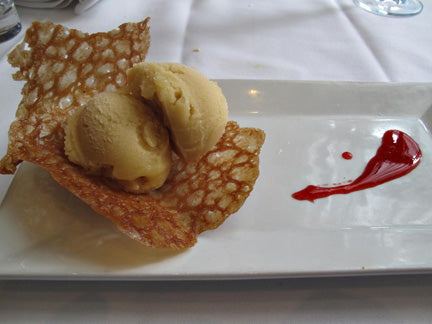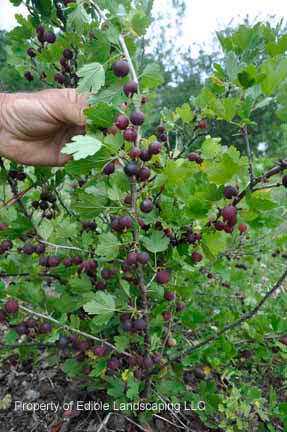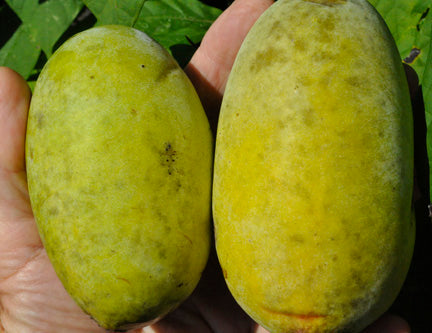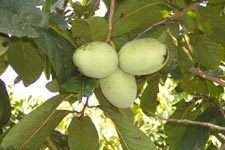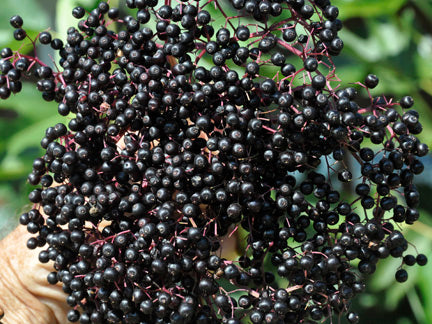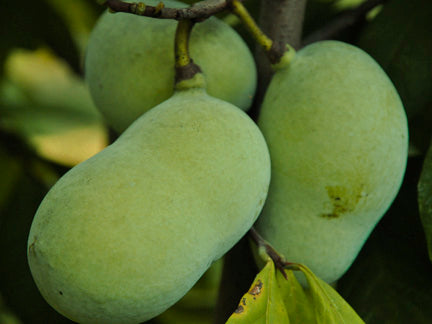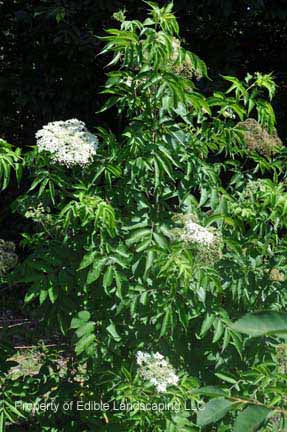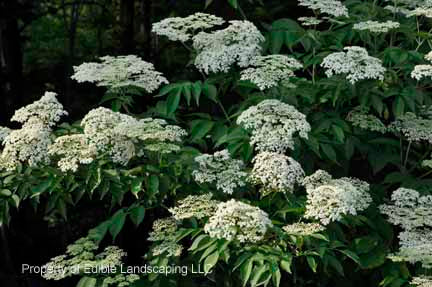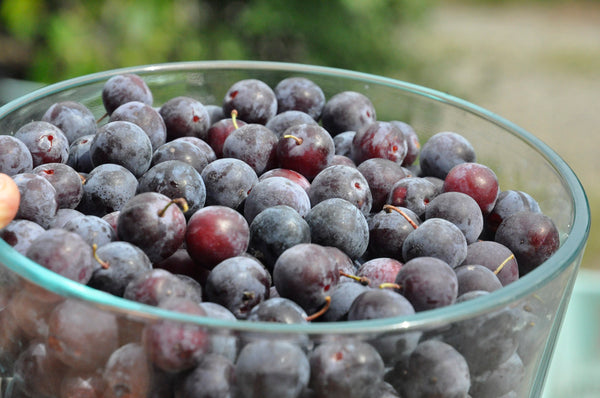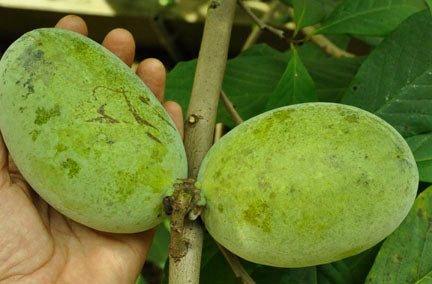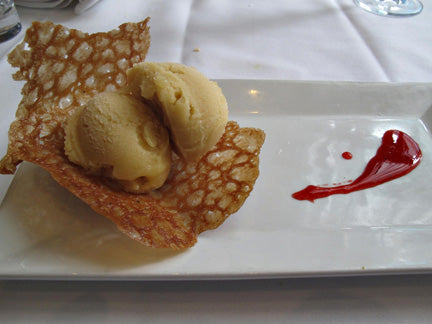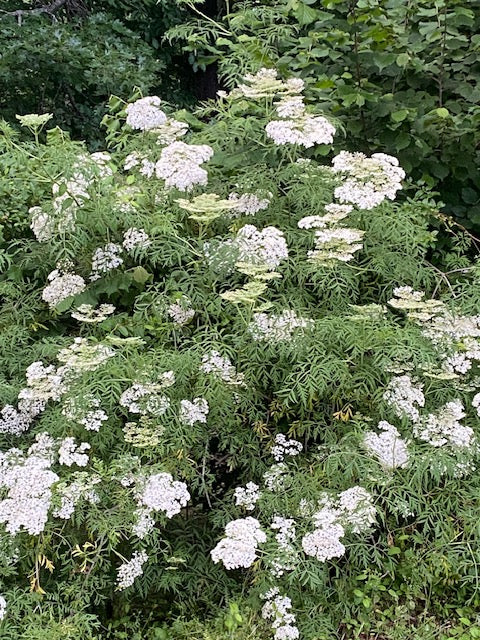
Sambucus canadensis
Isabella grew up as a chance seedling at the nursery. Large clusters of fruit, productive and a little earlier than the rest of the canadenses. Enjoy the harvest! Be safe to add another variety for pollination. Space 10' circle Zones 3-9 Space 10' circle Zones 3-9
| Plant Characteristics | |
|---|---|
| Pest Resistance | Excellent |
| Disease Resistance | Excellent |
| Drought Tolerance | Good |
| Heat Tolerance | Excellent |
| Humidity Tolerance | Excellent |
| Sun Tolerance | Excellent |
| Wet Soil Tolerance | Poor |
| Shade Tolerance | Good |
| No Spray | Excellent |
| Salt Tolerance | Good |
| Fresh for Kids | Poor |
| Deer Resistance | Fair |
| Thorns | No |
| Plant Type | Shrub |
| Soil Type | Adaptable |
| Edible Type | Fruit |
| This information is accurate to the best of our knowledge, comments/opinions are always welcome | |

Johns elderberry in bloom
The berries of the Elderberry have been known for many centuries to possess valuable medicinal properties in addition to its common use in preparing elderberry wine, jam's and jelly or fresh eating. A popular and widely used Gypsy remedy for coughs and colds-perhaps because elderberries are good source of vitamins A, B, C and biotlavodoida-the berries historically have also been used as a treatment for skin ailments and for the relief of burns, eczema and rashes. Additionally, the elderberry slows sudorific (sweat-inducing) and diuretic (increasing the flow of urine) effects. Even though the medicinal use of the elderberry dates to the fifth century B.C. and is found in the writings of Hippocrates, Dioscoridies and Pliny, the most exciting use of the fruit is in its application against influenza. Recent research conducted in Israel has indicated potent antiviral
properties of the herbs.
The Elderberry is a small tree, 10 to 15' in height, and has a grayish bark and yellow-white flowers that gather in the shape of an umbrella. The fruit of the tree is a bright black berry when ripened and grows in clusters. The origin of the plant was in central and northern Europe, where it is still a common sight in country gardens. It grows in hedges and thin woods on the edges of roads and in undeveloped areas.
Elders grow in zones 3-9. Plant in sun or partial shade with at least 6 hours of sun per day. They are not fussy about soil type and are adapted to most of the United States.
Prune in early spring. Cut out all but five or six vigorous, erect, one year old canes and one or two two-year-old canes. All these canes should be grouped within a 2' circle. At the same time trim 6" off tips of the laterals on the older canes.
Pests are usually not troublesome enough to worry about.
Elderberries start to bear when 2 or 3 years of age. Allow fruit to ripen on the plant before picking. When they are ripe they are good out of hand.
Termed "The medicine chest of the country people" by Ettmueller, a scientist from the 1700s. The elder was held in such esteem as to have been the subject of an entire book, 'The Anatonie of
the Elder,' authored in 1644 by Dr. Martin Blockwich.


